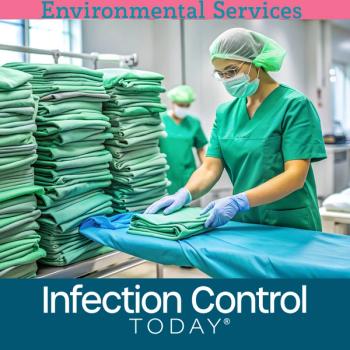
Scientists Evaluate Different Antimicrobial Metals for Use in Water Filters
Porous ceramic water filters are often coated with colloidal silver, which prevents the growth of microbes trapped in the micro- and nano-scale pores of the filter. Other metals such as copper and zinc have also been shown to exhibit anti-microbial activity.
Researchers from Princeton University in New Jersey used atomic force microscopy (AFM) measurements to study the adhesion interaction between Escherichia coli (E. coli) bacteria and colloidal silver, silver nanoparticles, and copper nanoparticles, as well as the interactions of the bacteria and the three different types of metal to porous clay-based ceramic surfaces.
 As reported in the American Institute of Physics' (AIP) Journal of Applied Physics, of the three antimicrobial metals studied the silver nanoparticles had the highest affinity for E. coli bacteria. The colloidal silver had the highest affinity for a porous ceramic surface and is therefore the least likely to leach into the filtrate. However, since the adhesion between colloidal silver and E. coli is in the same range as the adhesion between copper and the bacteria, copper may have potential as a less expensive disinfectant coating for ceramic water filters.
Reference: I. Yakub and W.O. Soboyejo. Adhesion of E. coli to Silver- or Copper-Coated Porous Clay Ceramic Surfaces. Journal of Applied Physics
Newsletter
Stay prepared and protected with Infection Control Today's newsletter, delivering essential updates, best practices, and expert insights for infection preventionists.





